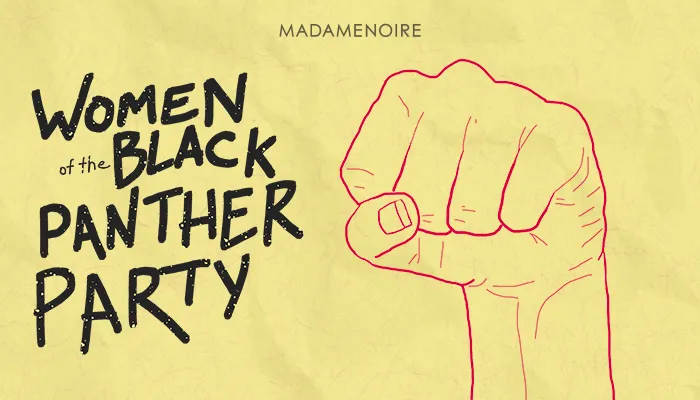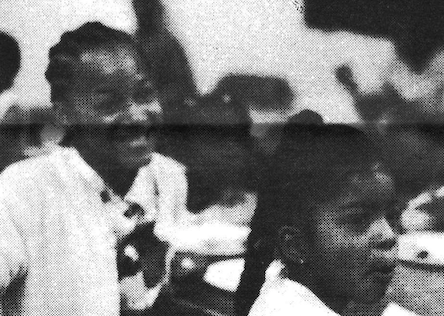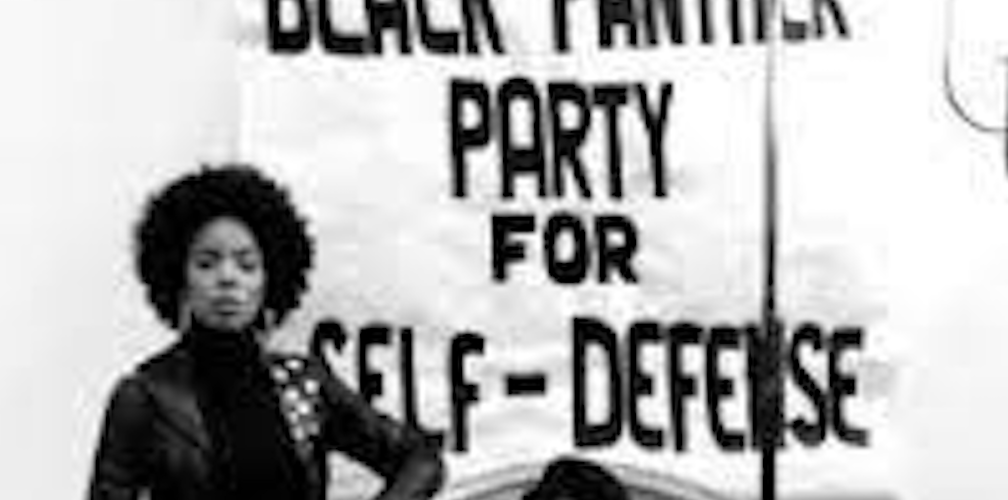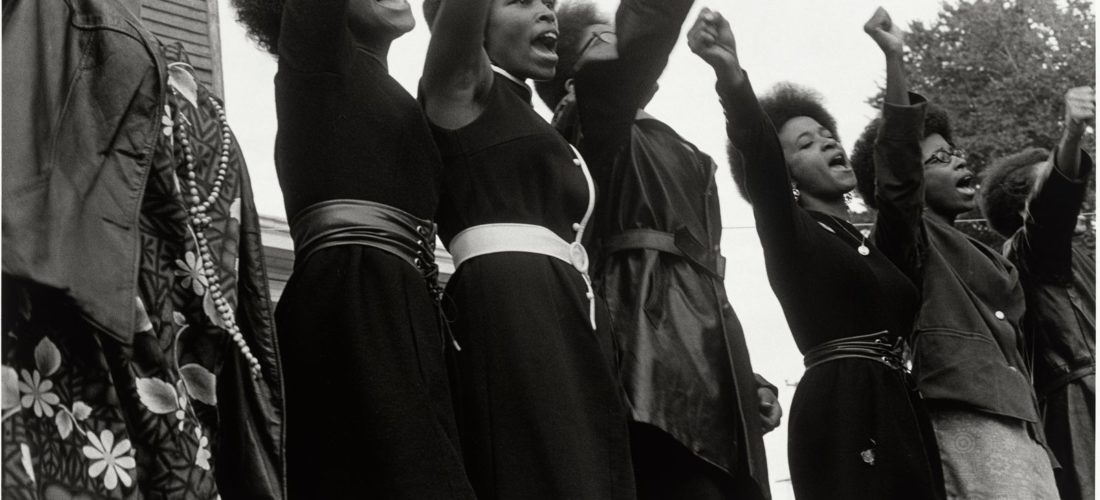This is part of an interview where a group of women in the Black Panther Party discuss how the struggle for women’s rights intersected with their experiences in the Party. Many of them recall how they were expected to fill “women’s roles,” such as secretary positions. This pattern of misogyny and lack of awareness about women’s liberation was disrupted through efforts from women in the party. They assert that freedom can’t be achieved without the full and active participation of women.
“A revolution cannot be successful simply with the efforts of the men, because a woman plays such an integral role in society even though she is relegated to smaller, seemingly insignificant positions.”







